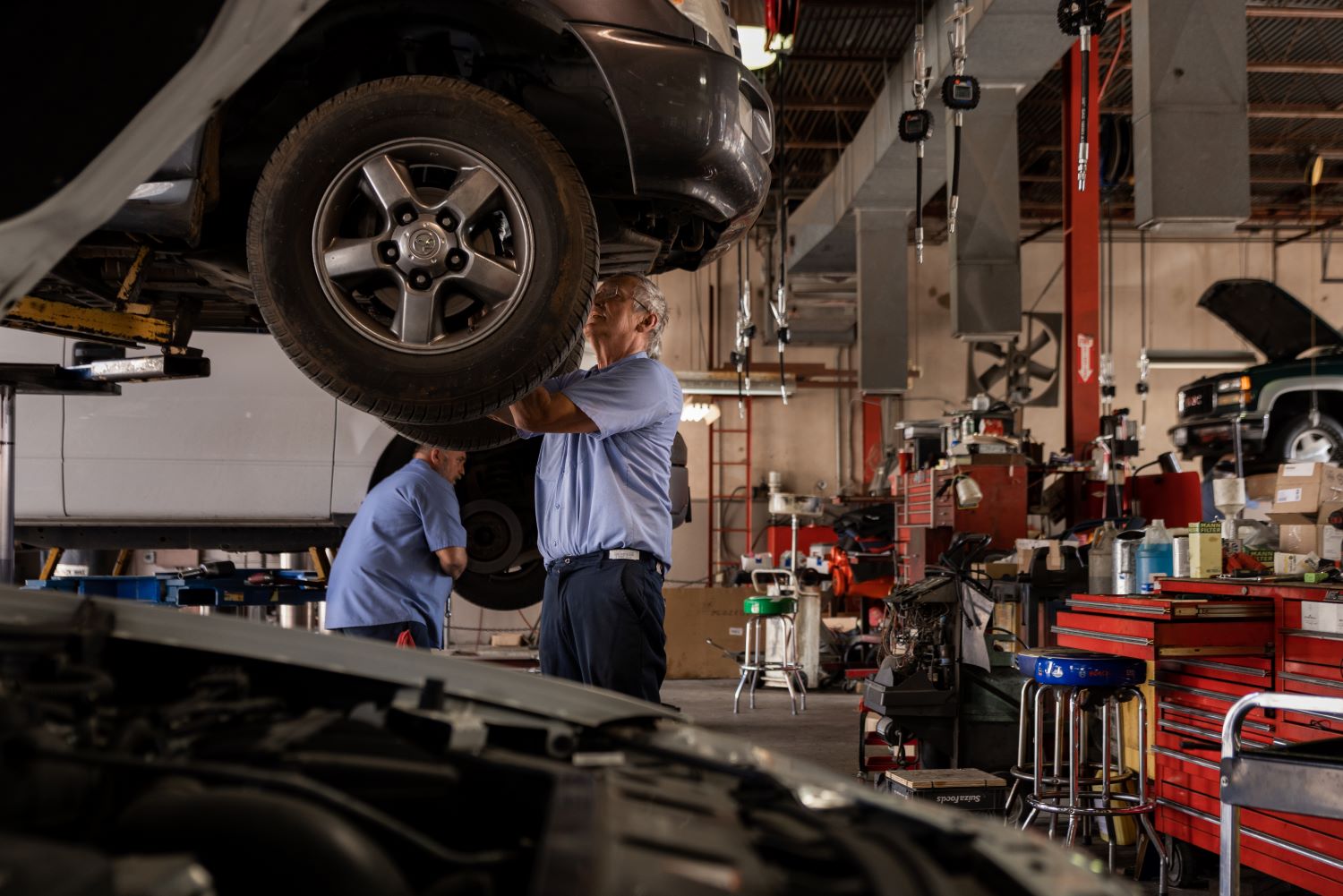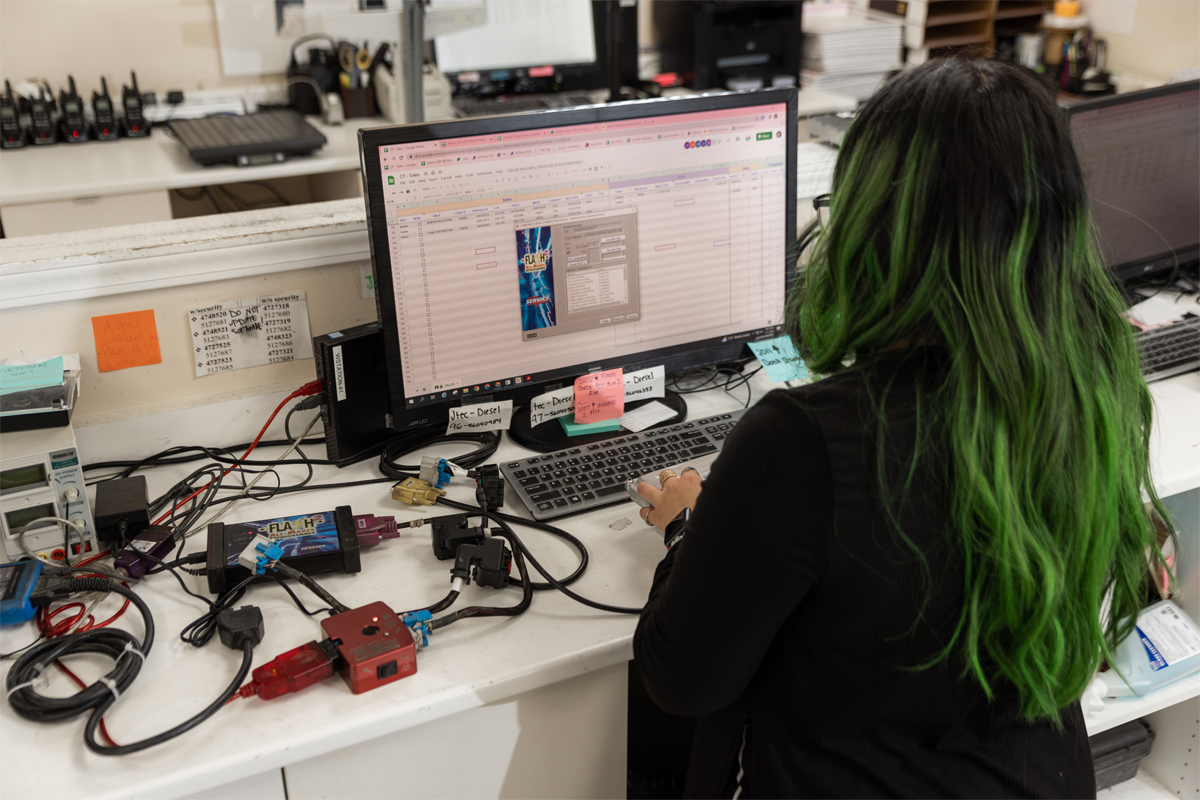Introduction
Choosing to go through a mechanic to replace your Electronic Control Unit (ECU) simplifies the process for many car owners, especially those unfamiliar with the intricate details of auto parts and programming.
But what exactly can you anticipate when entrusting this task to your trusted mechanic?
1. The Initial Diagnostic:
Before anything, your mechanic will run a comprehensive diagnostic check to confirm that the ECU is indeed the problem. This step ensures that you aren’t replacing a part unnecessarily. With advanced diagnostic tools at their disposal, mechanics can pinpoint issues accurately.
2. Sourcing the ECU:
Once the problem is solved, the mechanic will typically source the Electronic Control Unit for you. They usually have trusted suppliers or direct contacts with manufacturers or specialized ECU shops. This network often means:
- Quality Assurance: Mechanics won’t jeopardize their reputation on subpar parts.
- Compatibility: They make sure the sourced ECU perfectly matches your vehicle’s make and model.
3. The Waiting Game: Delivery Times:
The time it takes for the Electronic Control Unit to arrive can vary:
- Local Suppliers: If sourced locally, it might take a day or two.
- National suppliers: they can ship a part with next-day delivery if you choose to pay extra, some businesses offer free and fast shipping depending on what vendor you choose.
- Specialized Parts or Imports: It might require a longer wait, sometimes a week or more, especially if the part has to be imported or is rare.

4. The Cost Breakdown:
When you’re billed by the mechanic, the ECU’s cost will often be bundled with service fees, which include:
- Part Cost: The Electronic Control Unit itself.
- Labor: Both for the initial diagnostic and the replacement.
- Potential Markup: Mechanics might add a margin to the part’s cost. This markup compensates for the time and effort they invest in sourcing and ensuring quality.
5. Programming and Calibration:
Once the ECU arrives, mechanics won’t just plug it in. You need to program it to integrate seamlessly with your vehicle. This step involves:
- Vehicle-specific calibrations: Adjustments based on your car’s make, model, and existing configurations.
- Potential updates: Making sure the ECU’s software is up-to-date.
- Testing: Post-installation tests to ensure everything runs smoothly.
6. Post-installation Service:
A reputable mechanic will make sure you’re informed before handing back the keys.
- Feedback Session: They’ll discuss the replacement, any potential concerns, and provide guidance on optimal vehicle use.
- Warranty Information: If the ECU comes with a warranty, they’ll hand over relevant documentation and clarify terms.
Conclusion
Purchasing an ECU through a mechanic streamlines the replacement process, offering quality assurance and minimizing hassles. While it might come at a slightly elevated cost, the peace of mind, expertise, and post-installation service can make it a worthwhile choice for many vehicle owners. Always ensure open communication with your mechanic to understand timelines, costs, and any potential issues when you replace the car computer.
